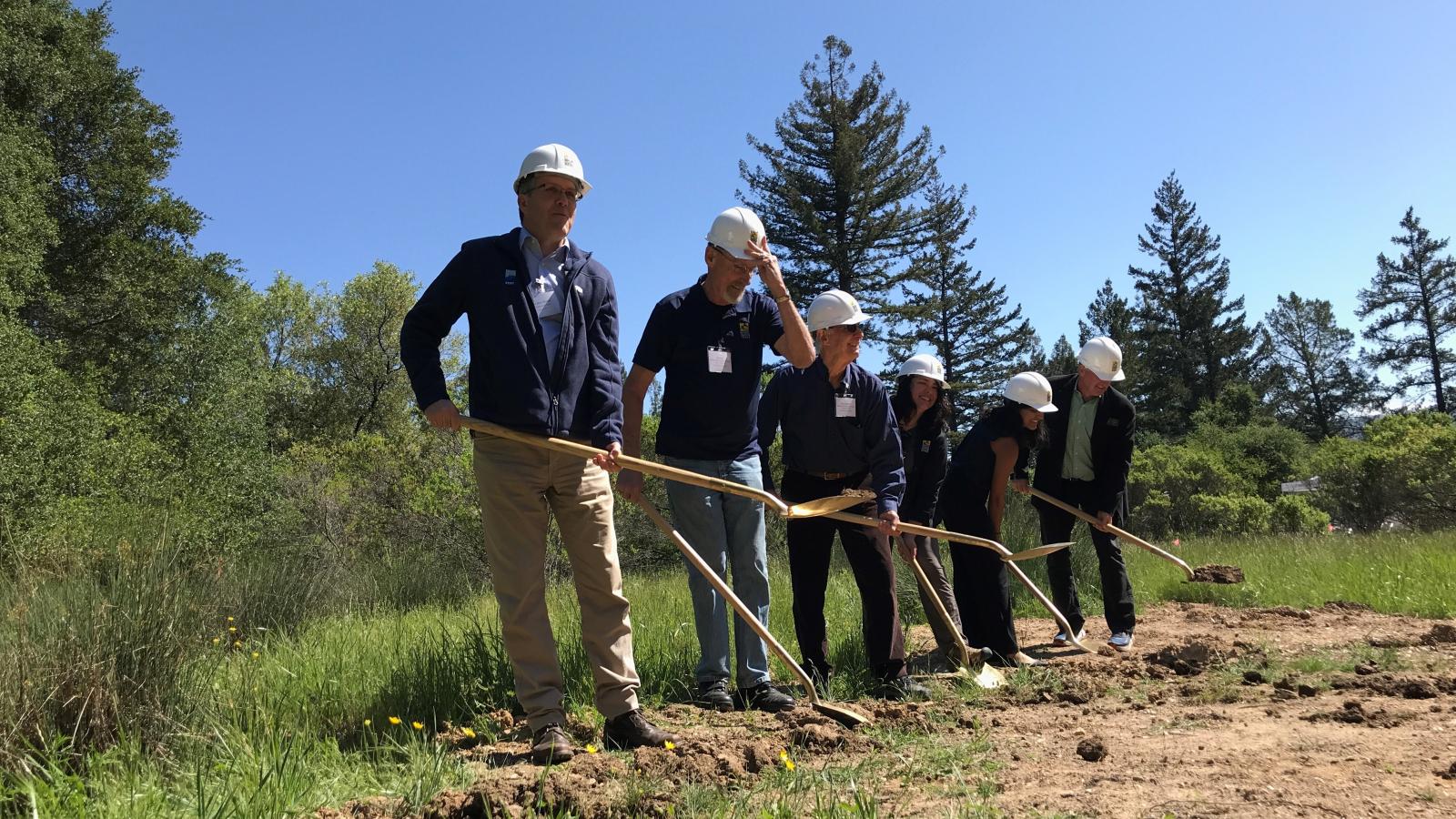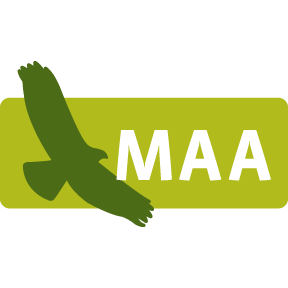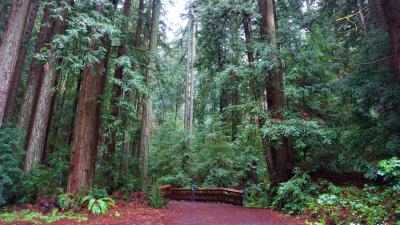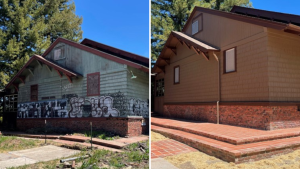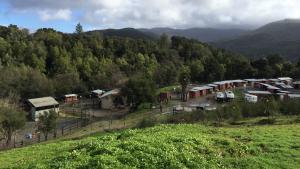Located three miles south of Los Gatos, the nearly 1,500-acre Bear Creek Redwoods Open Space Preserve features fir and redwood forests, perennial creeks and views of the Sierra Azul Range, as well as cultural and historic resources like a close-knit equestrian community and the former site of the first Jesuit seminary on the west coast. A public-private partnership led by Midpen and the Peninsula Open Space Trust preserved the land as public open space in 1999, protecting it from being developed into a golf course and luxury homes.
After a decade-long process that included substantial public outreach and involvement, Midpen completed the Bear Creek Redwoods Preserve Plan, a long-term use and management plan for the preserve, in 2017. Stewardship actions, including invasive nonnative plant species abatement, erosion reduction, habitat restoration and cultural resources protection, received the highest priority. Implemented in three phases, the preserve plan also included public access improvements, including parking areas, hiking and equestrian trails and a multiuse trail connecting the Lexington Reservoir area to Highway 35 (Skyline/Summit Roads).
Midpen also developed an Integrated Pest Management Plan for Bear Creek Redwoods Preserve to guide the prevention, detection and control of priority plant species. During each phase of the preserve plan, Midpen is proactively managing invasive species so that construction and recreation do not spread harmful nonnative species any further within the preserve, particularly to sensitive restoration areas. Learn more about Midpen's award-winning Integrated Pest Management Program >

